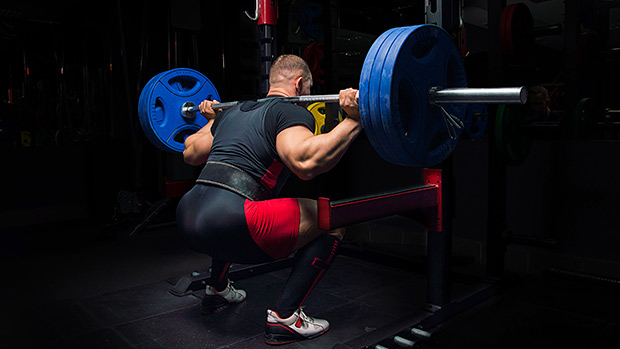To do any big lower-body exercise well, you need strong and healthy hips.
If you want mobile and strong hips, you need to actively practice drills that challenge your coordination, balance, and stability. Ideally, choose those that take your hips through active internal and external rotation.
This creates space for the head of the femur in the acetabulum of the hip and enhances your alignment so you can lift heavy weight safely.
Here are three active hip openers that utilize internal and external hip rotation as primary movements. Use these as part of a prehab or warm-up routine before your next lower-body training day to keep your back and knees safe and happy.
This is fantastic for opening up your hip flexors and adductors.
- Make sure you pivot on your back foot when transitioning from the side lunge into the twist. This will internally rotate your hip and stretch your hip flexors.
- Reaching one hand across the body creates a deeper stretch through the hip flexors and also gives you a great stretch through the lats.
This move develops the whole-body coordination necessary to hit a full squat.
- Externally rotate the hip of the leg that's straight by pulling your toes back and driving your heel down.
- Try pushing one hand against your inner thigh. This allows you to deepen the movement.
- Make sure the heel of your squat leg doesn't lift off the floor when squatting down. Focus on driving your knee outward.
- When moving into the low lunge, internally rotate and extend the hip of the leg that's straight so that you achieve a "hip down" position.
- As a bonus, you can flex your back knee and reach back for your ankle to add an active assisted stretch for your quads and hip flexors.
This one fires up the glutes, creates space in the hip, and trains the muscles of the feet to fire and stabilize your body.
- Grab two blocks, dumbbells, or kettlebells that you can reach toward so your torso stays parallel with the floor.
- When going from airplane into half moon, externally rotate your down leg and open your top hip so your body faces sideways.
- The goal is to stack the top leg on top of your down leg while keeping your core engaged.
- When moving from airplane into twisted half moon, internally rotate the hip of the down leg so that your body faces the floor.
- Continuously focus on driving your knee outward to maintain stability of that joint.
- Transition between these two poses slowly while maintaining balance and coordination.
- Doing these without shoes will strengthen the arches of your feet. This will help train you to prevent your foot from excessively pronating (collapsing) when lifting heavy weights.





